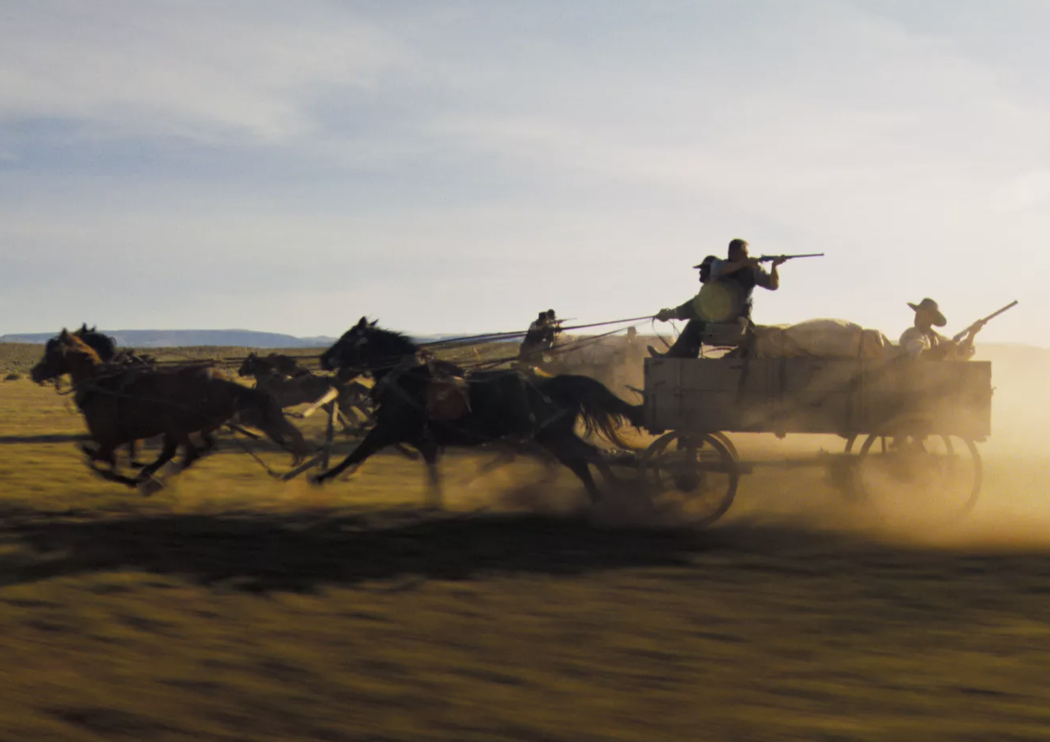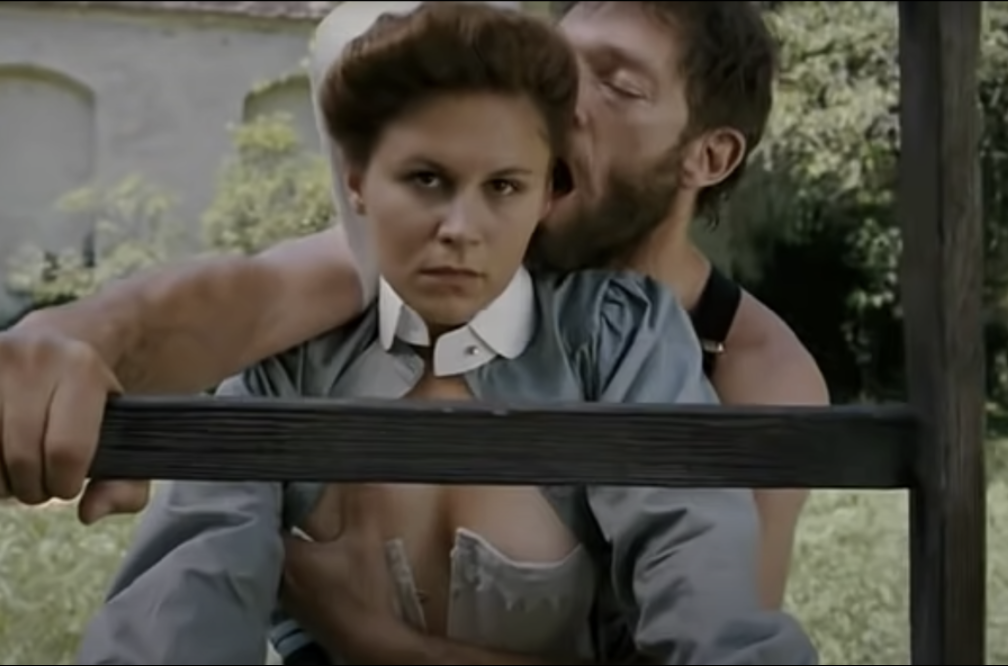Anne Thompson‘s 10.4 Variety column about the pitfalls and benefits of long running times observes that “every film has its own shape and focus, to be sure, but figuring out a movie’s ideal scale requires a delicate balance of art, commerce and talent relations.
“Cut a would-be epic too slim,” she writes, “and you wind up with truncated frustrations like Ridley Scott‘s Kingdom of Heaven, Sergio Leone’s Once Upon a Time in America or Oliver Stone’s Alexander, three forced edits that later blossomed in longer form on DVD. [But] let a film run too long and you limit its audience appeal. Think Martin Scorsese‘s meandering Gangs of New York, Michael Bay‘s inflated Pearl Harbor or Peter Jackson‘s King Kong, which added 1and 1/2 hours to the 1933 film’s 100 minutes.”
The universal maxim is that every film has its own fighting weight, so there ‘s no hard and fast rule.
The “fighting weight” line was given to me roughly 14 years ago by Universal marketing guy Marc Schmuger (who is today the studio’s co-chairman). It was for an L.A. Times piece I wrote about Martin Brest‘s Scent of a Woman, which was released at two hours and 39 minutes. Long, yes, but after testing shorter versions (including one running a mere 110 minutes) Universal decided it worked best at that 159 minutes.
Brest’s Scent experience no doubt strengthened his hand, but this, it turned out, worked against him. The length of his next film, Meet Joe Black, was 178 minutes, and this time most reviewers and audiences said “forget it…way too long.”













